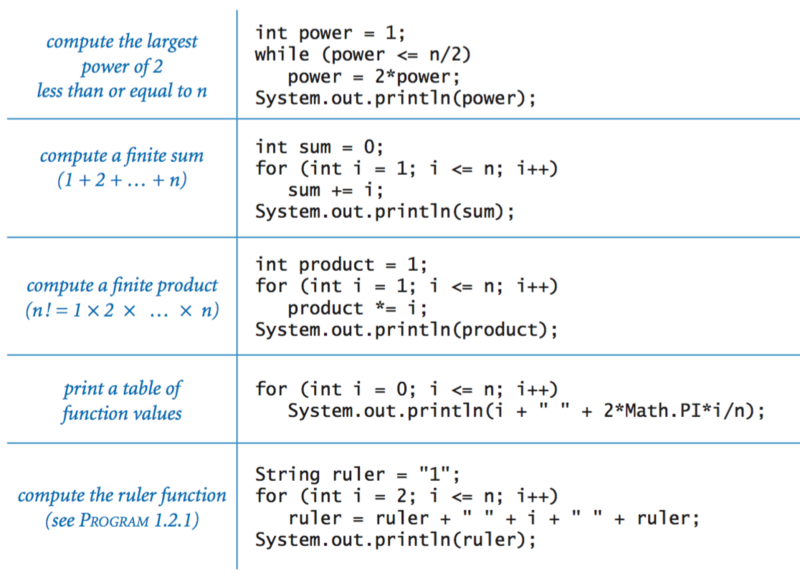
For a limited stream, we can set the top and bottom for the number generation range: IntStream limitedIntStreamWithinARangeWithSplittableRandom = splittableRandom.ints(streamSize, min, max) 2.5. To clarify, we can choose to have a limited or unlimited stream. This means that we can easily get a stream of int values. Those work in the same way as we have described before. Also, we have available one- and zero-parameter invocations. So, any of the parameters can be negative. However, it doesn't check if we work with positive or negative numbers. Otherwise, we'll get an IllegalArgumentException. When this method is first called, it creates a single new pseudorandom-number generator, exactly as if by the expression new. This way of using checks that the max parameter is bigger than min. Practice The () method returns a pseudorandom double type number greater than or equal to 0.0 and less than 1.0. Int randomWithSplittableRandom = splittableRandom.nextInt(min, max) With nextInt we can set directly the top and bottom range using the two parameters invocation: SplittableRandom splittableRandom = new SplittableRandom() We have available the nextInt and ints methods. So, we have to take care when using this class. It's important to know that the instances are not thread-safe.
#Return value 0 3 math.random java generator#
Īs we can see in the JavaDoc, this is a generator for use in parallel computations. Secondly, and more importantly, we can use the ints method: IntStream streamWithThreadLocalRandom = ThreadLocalRandom.current().ints() 2.4. Int randomWithThreadLocalRandomFromZero = ThreadLocalRandom.current().nextInt(max) Firstly, we have two variations for the nextInt method: int randomWithThreadLocalRandom = ThreadLocalRandom.current().nextInt() With Java 8 or above, we have new possibilities. Simple tweak can be used to generate random number between give two numbers.

If I want to return an integer between zero and hundred, I would do: (int) Math.floor (Math.

Now, let’s see how it works: int randomWithThreadLocalRandomInARange = ThreadLocalRandom.current().nextInt(min, max) This method will always return number between 0(inclusive) and 1(exclusive). Ask Question Asked 11 years, 8 months ago Modified 4 years, 2 months ago Viewed 905k times 134 This is a pretty simple Java (though probably applicable to all programming) question: Math.random () returns a number between zero and one. Random class doesn’t perform well in multi-threaded environments.If we need to set the seed, then we should avoid this way of generating random numbers We can’t set the seed for ThreadLocalRandom, which can lead to a real problem.This helps us to avoid mistakes of creating lots of useless instances and wasting garbage collector time From the Math.random documentation: Returns a double value with a positive sign, greater than or equal to 0.0 and less than 1.0. We don’t need to explicitly initiate a new instance of ThreadLocalRandom. The variable talka will always be zero Math.random returns a value where 0 This one has three important differences from the Random class:

Java 1.7 release brought us a new and more efficient way of generating random numbers via the ThreadLocalRandom class.


 0 kommentar(er)
0 kommentar(er)
